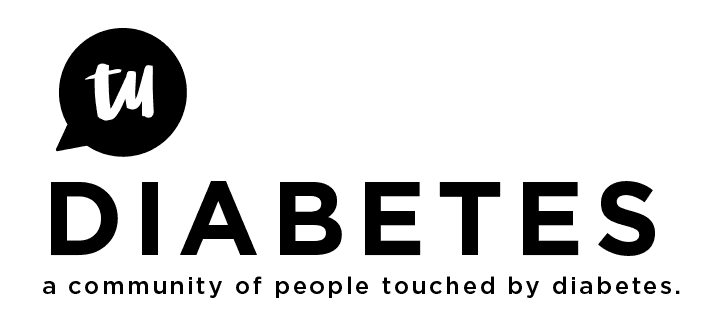You made my day with your use of the Force, Eric!! And I am guessing that with it you are probably more accurate than me with the math:-)
I do use a formula. The first step to determine, same as with a pump, is to find out the Duration of Insulin Actio (DIA) for yourself, i.e. exactly how long insulin acts on you. It is quite tricky to measure because, after a bit of lag time, the insulin acts quickly, then its action slows down more and more but keeps on working for quite a while, almost imperceptibly at the end. To calculate the DIA you need to check how long it acts, all the way through to its end. For instance, with my son, right now his “fast” insulin action ends up typically after about 95 minutes, but goes less fast for another 45 minutes, then it creeps down for another 160-175 minutes roughly, so a total that I round up to 5 hours.
Once you have your DIA, there are formulas in Pumping Insulin (the book quoted by the OP) for each DIA duration. For 5 hours, this is the formula I use, slightly adapted from the book for simplicity of calculation:
- During hour 1: 10% insulin used
- During hour 2: 27.5% insulin used (I typically round this down or up to 25 or 30% depending upon the time of observation for calculations)
- During hour 3: 27.5% insulin used (see comment above)
- During hour 4: 20% insulin used
- During hour 5: 15% insulin used
So, here are examples of how I would calculate that:
A. Say my son injected 4 units, and, 3 hours later, he needs to do a correction. In hours 4 and 5 there is 20% + 15% insulin to be used, for a total of about 1/3 of the total, so that means that at the end of hour 3 there are 4/3 units of IOB (insulin on board) = 1.33 units IOB left.
B. Say my son injected 5 units, and, 1 hour and 50 minutes later, he needs to make a correction. In hour 1 he used 10%, in hour 2 he would use 27.5%, but, after 1 hour 50 minutes he is a bit short of 2 hours, so I use 25% instead, for a total over 2 hours of 10+25= 35% of insulin used, about 1/3 is already used. So, after 1 hour and 50 minutes, he has about 2/3 insulin left, i.e. 5*2/3 IOB = 3.33 units IOB.
I will look up the formulas for other DIAs (3, 4, and 6 hours) and put them up on line as well.
As a note, I also have a look at the actual curve I plotted for my son. This is his actual data, based on his CGM curve:
- insulin action lag: 25 minutes
- fast action period: 70 minutes, 60% of insulin used in this period.
- medium action period: 45 minutes 20% of insulin used.
- slow action period: 160 minutes, 20% insulin used.
You will note that the numbers don’t quite match the formula I use.
You may ask why I don’t use my son’s actual formula. It is because, to determine that formula in the right manner, you would have to take a meal, wait about 5 hours so that there is no actual active digestion (and glucose generation), then apply a large dose of insulin, and keep fasting for the DIA, so another 5 hours. I did not submit my 12-year-old to this regimen, so my curve is approximate,and I don’t quite trust my own numbers as much as the “standard” formula. But I may be wrong.
Sorry for the very long post. I tried to be as clear as I could:-)

